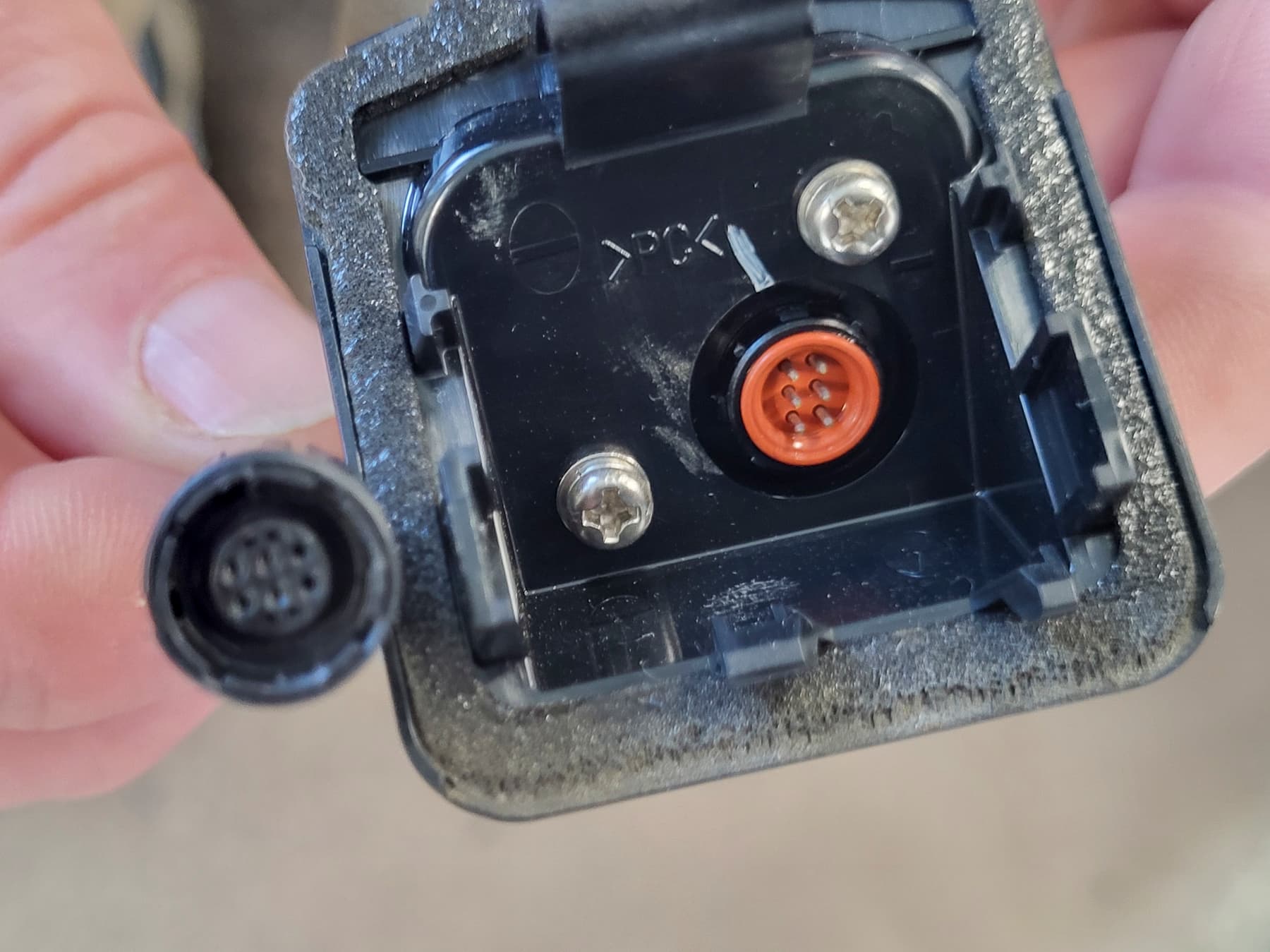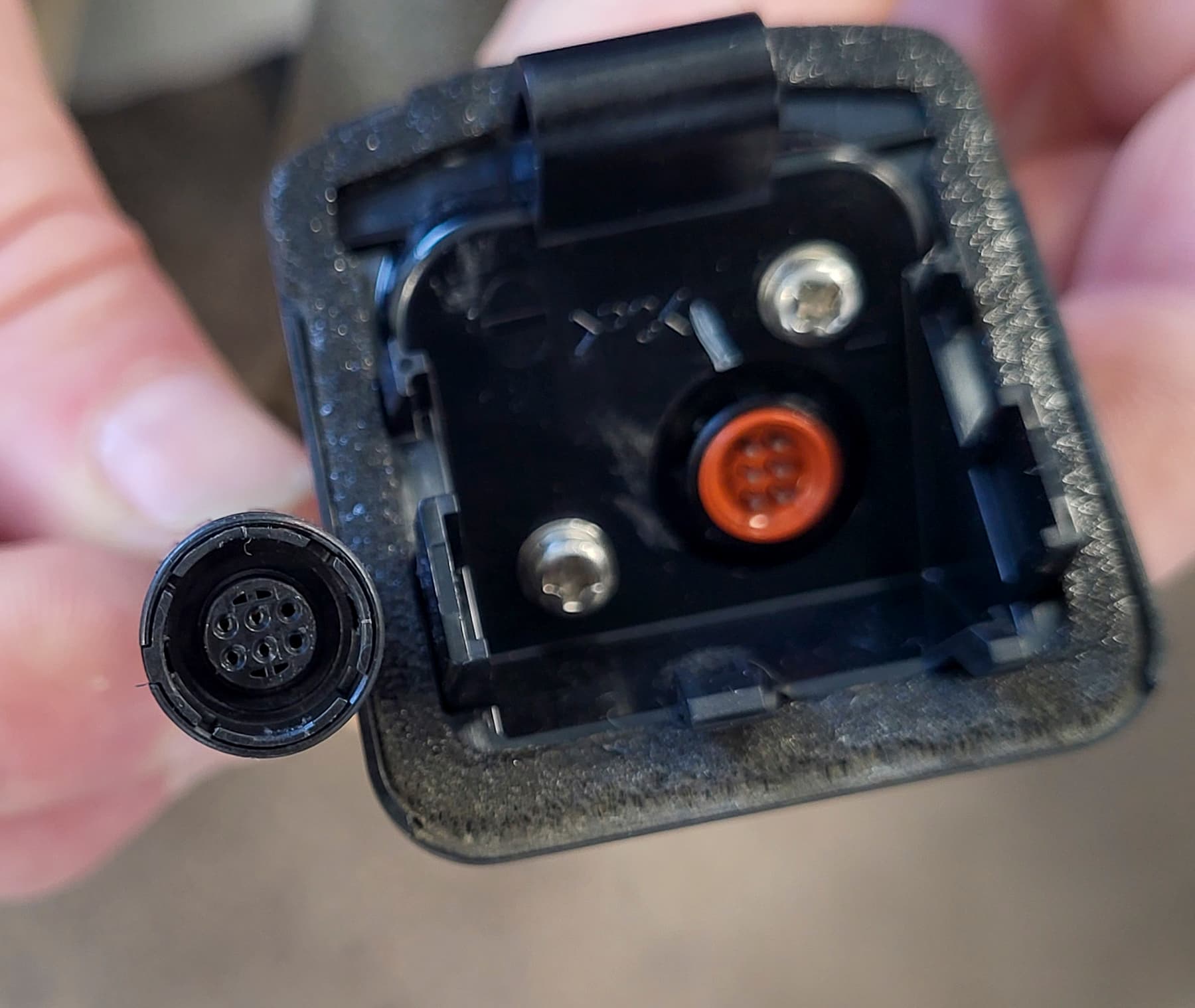Mark: Hi, it's Mark Bossert. I'm here with Bernie Pawlik, Pawlik Automotive in Vancouver, BC Canada. Vancouver's best auto service experience, 25 times voted best in Vancouver by their customers, and we're talking cars. How you doing, Bernie?
Bernie: Doing very well.
Mark: So today's guest is a 2012 Mercedes E350. What was going on with this vehicle?
Bernie: So this vehicle had some issues with the dash display. It's called on a Mercedes, they call it the command display. It's a nice screen to the right side of your steering wheel on the dash. It has the radio displayed, and then when you switch into reverse, the backup camera comes on. It has a variety of other items displayed on there. You can set up everything on the car on that display.
What was going on is that the display would work sometimes, sometimes not, and most commonly it would switch off when you put the car into reverse. And the display would come on for a sec, camera would come on, then display would go off, and then after you go out of reverse, the display wouldn't work at all anymore. So there was a few issues going on. Sometimes the radio would work, sometimes it wouldn't. A bunch of stuff was going on, but all seemed to be related around that display.
Mark: So the car, other than that, was still operating properly.
Bernie: Yeah, perfect. Yeah, no issues whatsoever.
Mark: So, okay, this sounds pretty complicated. How do you start to diagnose something like this? Lemme ask you the big question. Don't you just ask the computer and it tells you everything?
Bernie: Well, that's what we try. We always start with that. We plug in. We have a number of scan tools. Plug it in, look for trouble codes, and there's a lot of diagnostic help inside the scan tool. There's information, data, things we can look at. There was no trouble codes related to the issue. Which makes it immediately complicated, right off the bat. If it said something like, you know, camera module, rear communication issue, that would've been helpful. But there was nothing in that area.
So based on that, there was a few items we could test and look at, but other than that, we have a technical service that we deal with. These are experts. For experts with Mercedes, whichever car we work on, we have a service we deal with because it's impossible for independent shops to figure things out.
Same with dealerships. I mean, they don't know everything. They have Mercedes to deal with, but this is our tech service we deal with, they're experts. And basically the idea was these are your steps you need to follow. These are the likely causes and unfortunately, this tech tells me it's not particularly easy because there's nothing you can really test.
You just gotta plug and play and try things. And the most common thing, first off the bat is the camera module. So there's a rear camera module. There's a rear camera, then there's a fibre optic cable that connects the command display to the command unit. So there's a whole bunch of things, plus software reprogramming. So we developed a strategy on, okay, what are we gonna start with? The first thing we started with was the camera module.
Mark: So you replaced the camera module and tested again. What happened?
Bernie: Well, it seemed to work fine initially, and then after a while, the same thing started happening again. So from there, again, more tests. Okay, what do we do next? We figured reprogramming the vehicle computer was next. The actual command module was the next likely item because the software, sometimes will go out a date and it won't operate properly. So we did that as a next procedure. And there was a bit of complexity in that, in that we need to get model numbers off the command unit radio assembly. Had to remove some components, got the numbers, got everything programmed. Again, same issue. Didn't help it out at all.
So again, next steps were either, is it the cable between the command unit and the display, or is it the rear camera? And so we figured, let's dig into the rear camera as the next item. And that was the next item that we went to replace. And actually in the process, we actually found an issue, which was good. So I think you have pictures.
Mark: Yeah. So was part of that decision that the rear camera's a little easier to access?

Bernie: Yeah, it was a little easier to access and we figured, you know, because it just made more sense to do that than to change the display cable because it seemed to correlate so often with it switching into reverse.
But what I will say is that, you know, sometimes when we get cars like this, the way this thing was behaving, it wasn't that it was always going into reverse. Sometimes the radio wouldn't work when you turn the car on. So there definitely wasn't a clear correlation that every time you went into reverse the problem happened, which would've made the diagnosis easier.
It wasn't always like that. There's a lot of complexity in modern cars. And this car's now 13 years old, so it's not even modern really. Anyways, this is the backside of the camera. So on the. The front side, the other side that orange piece is the connector with a nice rubber weather seal that keeps moisture out.
And what you can't really see in this picture, because of the lens quality we have, is there was actually moisture in that connector. So right away we're going, aha, this is a good thing to find.
There's the one end of the plug and the other end of course we saw on the other picture.

But on the other side of that big black thing is where the actual camera is, that faces out backwards onto the road. So, you can see there's a felt foam seal around the camera. To keep the water from even getting into that area. But of course, as the car ages, 13 years old, moisture seeps into places and that's what happens.
Mark: It does look, if you look close, there's a little shiny in here. Is that water in there?
Bernie: I think that's the water. Yeah, I'm pretty sure. And I was away for a few days, so this vehicles repair was finished while I was away. But apparently there was a lot more moisture in there when the thing was originally removed. It had started to evaporate over time, but there was still some moisture in there.
Mark: So this is the old one. You replaced it with a new one?
Bernie: Replaced it with a new one.
Mark: How did things work?
Bernie: Fine. Perfect. Yeah. Problem solved. It would've been really frustrating. We hate doing stuff like we gotta try plugging and playing stuff because it ends up getting an expensive game. But you know, frustrating, expensive, and, and quite honestly, it kinda shatters people's confidence sometimes. You go, well, you tried that, and it's like, that didn't work. It's like, well, how good are you? Well, you know what, we do the best we can with what we've got and, sometimes things are easy and sometimes they're complicated.
Mark: Sometimes my pendulum fails me to tell me where to go.
Bernie: Exactly. Yeah. Yeah. Maybe we should do that for diagnosis, I dunno.
Mark: So on the newer vehicles, because this is 13 years old, say something that was two and three years old, is there more communication with more parts now along the line, or is it still the same? There's some parts that are isolated that aren't talking to the computer. And sending, you know, error reports?
Bernie: Yeah, there is. I mean, there's always things in the diagnostic process that aren't monitored, so to speak. One thing I always found interesting is like, fuel pumps were not monitored, like the pressure of a fuel pump was often not monitored in a vehicle. And if a vehicle had a bad fuel pump, you'd have to manually check it. And it's frustrating when a car stalls and then starts running again. You go, well, what happened? You know, because it's running perfectly.
Then some vehicles, I'm trying to think of the brand, but some vehicles they all of a sudden put a monitor on the fuel pressure. Because that seemed to be an important piece of information for the computer. But I found sometimes those sensors actually created more problems. That more problems were created by those sensors failing than, than the actual components. So it's kind of an interesting. I dunno. It's interesting.
Mark: It's a battle.
Bernie: That's why we do this podcast. because it's just interesting stuff goes on every day. You think you've seen it all and it's like, nope. Something new.
Mark: Backup camera can make your life a little bit difficult when you get used to it.
Bernie: Yeah. Exactly, and, you know, it's nice having it. And sometimes, it wouldn't be a big deal, but what would happen of course, is this display wouldn't come back on after the camera shut the whole thing down. So you're going, well, I wanna change my radio station. Well now you can't do it until you either recycle the key or, you know, wait 10 minutes. And it was just very glitchy. It's not a Mercedes driving experience. You know? You don't want that in any kind of car.
Mark: No. You wanna rely on it. We use them so much. They're almost a part of us. So if you are having issues like this with your Mercedes or any vehicle that you wanna have repaired in Vancouver, the people to see are at Pawlik Automotive. You can reach them online at pawlikautomotive.com. You can book your appointment right there, or you can call them to book your appointment, (604) 327-7112. They'll find out and talk to you what's going on and get ready for your appointment. But you have to book ahead. They're always busy. Pawlik Automotive in Vancouver, BC, Canada. Thanks so much for watching and listening. Thanks Bernie.
Bernie: Thank you, Mark. And thanks for watching.

